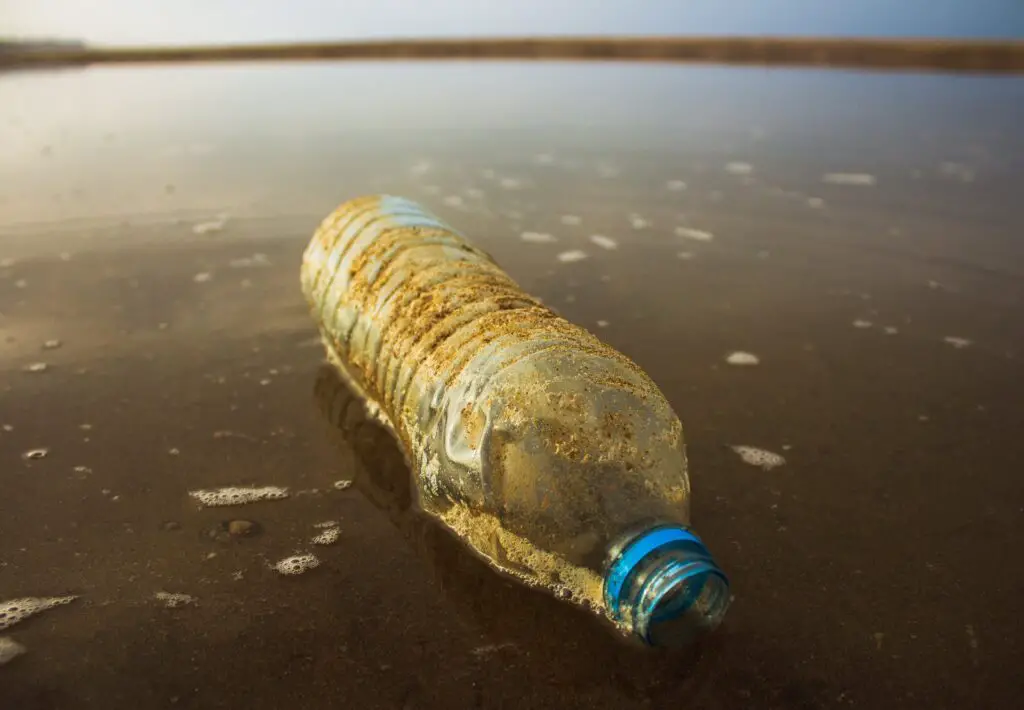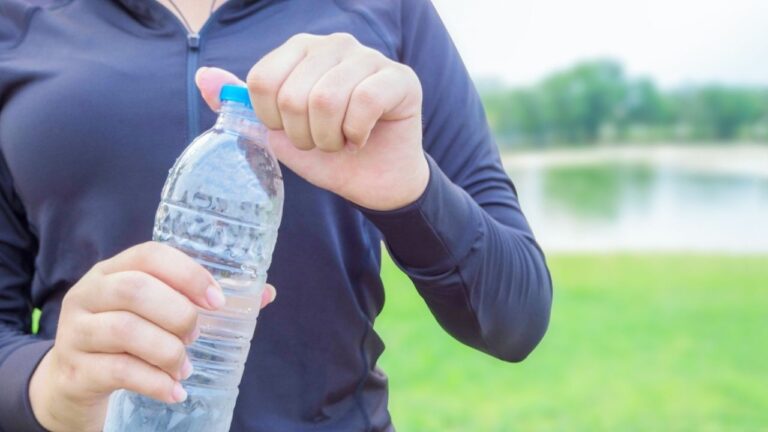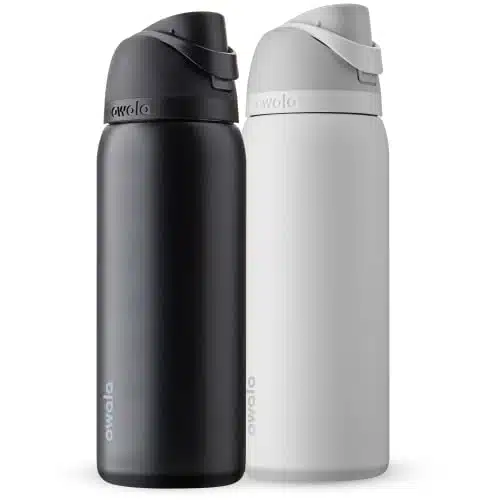Plastic bottles are ubiquitous in modern society. They are used for everything from holding water to storing cleaning products. However, many people are unaware of the natural resources that are required to produce these bottles.
In this article, we will explore the various raw materials that are used to make plastic bottles. These include both renewable and nonrenewable resources.
One of the primary raw materials used in plastic bottle production is petroleum, a nonrenewable resource. Petroleum is a fossil fuel that we extract from the ground through drilling. We then refine it into a variety of products, including the plastic used to make bottles. The production of petroleum-based plastics is a complex process that involves high temperatures and pressures, as well as the use of various chemicals.
In addition to petroleum, plastic bottles can also be made from renewable resources such as sugarcane, corn, and potatoes. These materials are converted into a biopolymer, which can be used to create a plastic that is biodegradable and compostable. While these materials are more sustainable than petroleum-based plastics, they are not without their own environmental impacts.

Petroleum and Natural Gas
Crude Oil Extraction
Crude oil is the primary raw material used to produce plastic bottles. We extract it from oil wells located deep beneath the Earth’s surface. The process of extracting crude oil involves drilling a hole into the ground and pumping the oil to the surface.
Once the crude oil is extracted, it undergoes a refining process to produce the chemicals used to make plastic bottles.
Natural Gas Processing
Natural gas is another natural resource used to make plastic bottles. We extract it from underground wells and process it to remove impurities. The purified natural gas is then used to produce chemicals such as ethylene and propylene, which are used to manufacture plastic bottles.
Both crude oil and natural gas are non-renewable resources that are finite in supply. The extraction and processing of these resources can also have negative environmental impacts, such as air and water pollution. However, advancements in technology have made the extraction and processing of these resources more efficient and less harmful to the environment.
Bio-Based Alternatives
Cornstarch
Cornstarch-based plastics are a popular alternative to petroleum-based plastics. Cornstarch is derived from corn, which is a renewable resource. Cornstarch can be used to create a plastic that is biodegradable and compostable.
Cornstarch-based plastics are often used for disposable items like plates, cups, and utensils. However, they are not suitable for making plastic bottles as they are not strong enough to contain liquids for long periods.
Sugarcane
Sugarcane-based plastics are another bio-based alternative to petroleum-based plastics. Sugarcane is a renewable resource that is grown in many parts of the world. Sugarcane-based plastics are biodegradable and compostable, just like cornstarch-based plastics.
Sugarcane-based plastics are used to make a variety of products, including packaging materials, cutlery, and even car parts. However, they are not commonly used for making plastic bottles as they are more expensive than traditional petroleum-based plastics.
Additives and Chemicals
Plastic bottles are made from a type of plastic called polyethylene terephthalate (PET). To make PET bottles, various additives and chemicals are used to enhance the properties of the plastic and make it suitable for use as a packaging material.
Colorants
We add colorants to PET to give plastic bottles their distinctive colors. These colorants can be organic or inorganic and are typically added in small amounts during the manufacturing process. Inorganic colorants are preferred for their stability and resistance to fading.
Stabilizers
We also add stabilizers to PET to improve its resistance to heat, light, and oxidation. These stabilizers prevent the plastic from breaking down or degrading over time, which can affect its strength and durability. Common stabilizers used in PET bottle production include antioxidants and UV absorbers.
Plasticizers
Plasticizers are added to PET to make it more flexible and easier to mold into the desired shape. These chemicals help to reduce the brittleness of the plastic and make it more resistant to cracking and breaking.
Common plasticizers used in PET bottle production include phthalates and adipates.
The use of additives and chemicals in PET bottle production is necessary to create a durable and functional packaging material. However, some of these chemicals may have negative environmental or health impacts if not disposed of properly.




